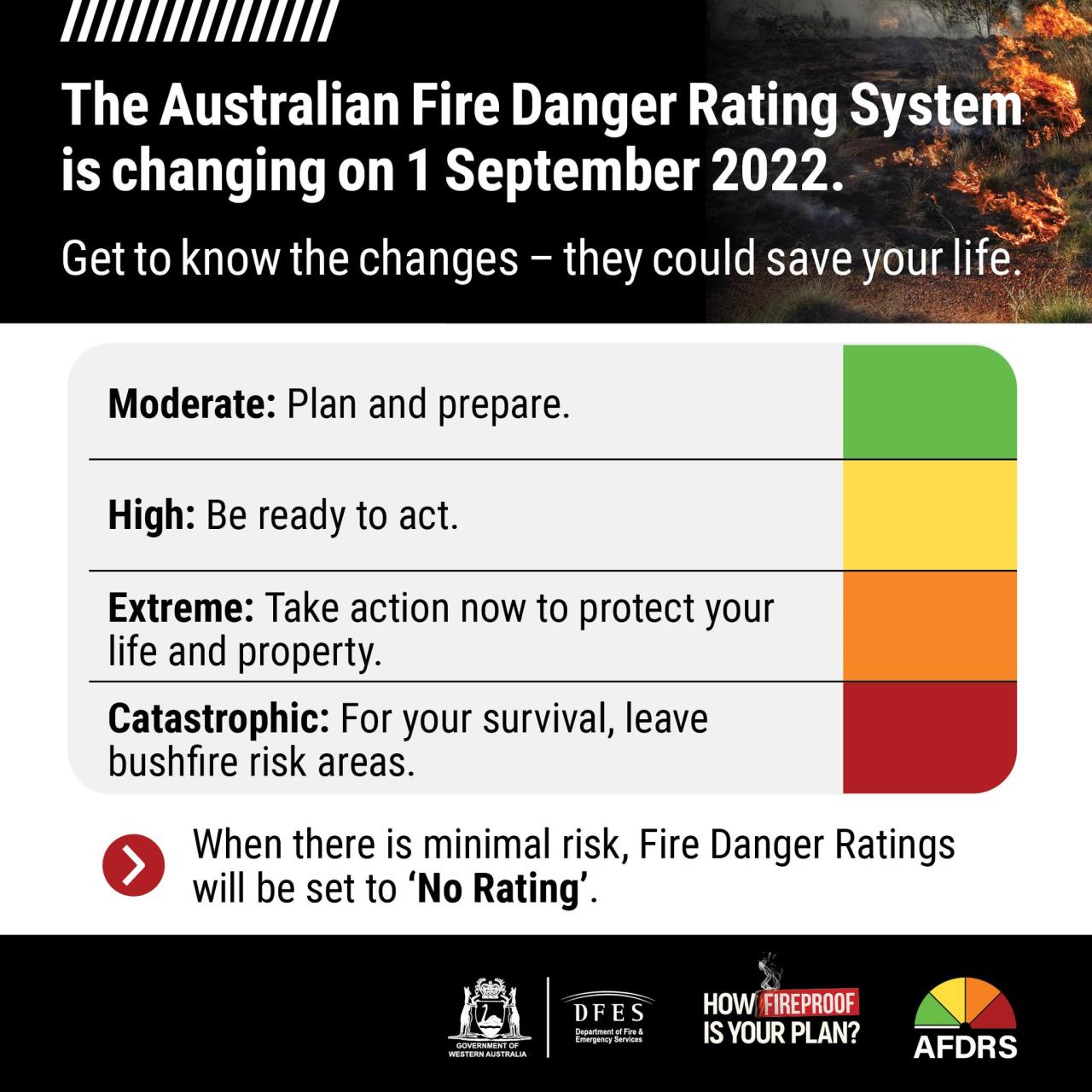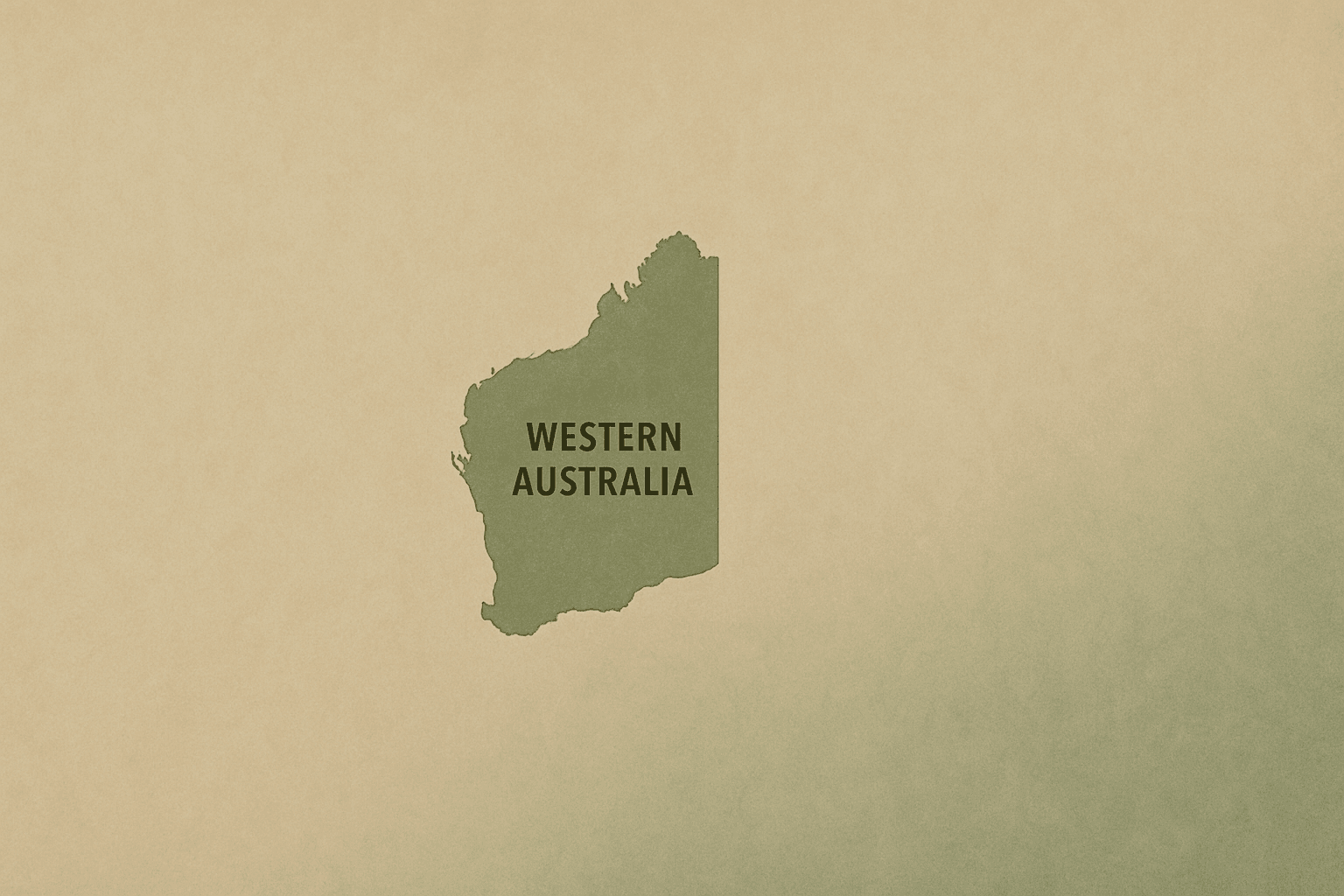Last Updated on October 3, 2025
Ever dreamed of waking up to the sound of kookaburras in a jarrah forest or watching the sunset over the Indian Ocean from your campervan? In my years of travelling across Western Australia, I’ve learned that keeping these spots beautiful is something we all do together. It’s not about strict rules, but simple habits that make a huge difference.
This guide is for anyone wanting to explore WA, from first-time visitors to seasoned road-trippers. I’ll walk you through the seven simple Leave No Trace principles that help protect this incredible place. Following them means the next person, and the next generation, gets to enjoy it just as much as you did.
Here’s a quick look at what we’ll cover:
- Plan Like a Pro: How checking ahead saves you headaches and protects the environment.
- Tread Lightly: Why sticking to the path is so important for fragile ecosystems.
- Pack It In, Pack It Out: The simple secrets to managing your rubbish, greywater, and human waste.
- Respect the Wild: How to enjoy wildlife encounters safely and ethically.
- Be a Good Neighbour: Small tips for making sure everyone has a great time.
Leave No Trace WA: The 7 Principles
1. Plan Your Trip
A little planning goes a long way, especially out here. Before you even pack the van, it’s a good idea to research your destination on the DBCA Park Alerts website for the latest on conditions and closures.
I also never leave home without checking the BOM website and downloading the Emergency WA app. It gives you real-time updates on fire bans and weather warnings, which is a lifesaver, especially during the northern cyclone season from November to April.
When you’re packing, think about self-sufficiency. If you’re hiring from us at OffGrid Campers WA, you’ll have water tanks and solar power sorted, which makes it easier to rely less on single-use items. Planning meals that use minimal water for washing up, like one-pot pastas, is another one of my favourite tricks for conserving water.
Make sure you have all your camping gear ready to go:
- Reusable, sealed containers to keep food fresh and wildlife out.
- Biodegradable, phosphate-free soap for cleaning.
- Clearly labelled rubbish bags for separating waste.
- Reliable navigation tools, because your phone GPS won’t always work.
- A solid first aid kit with snake bite bandages.
If you’re heading to remote spots like Cape Range National Park, a personal locator beacon (PLB) is non-negotiable. Mobile reception is rare, and these devices can be the difference-maker in an emergency.
2. Stay on Set Paths and Sites
It can be tempting to forge your own path, but sticking to marked trails and designated campsites is one of the best ways to protect WA’s delicate environments. Those paths are there for a reason, often to protect fragile ecosystems you might not even see.
In many arid parts of WA, the ground is covered by a living layer called biological soil crust. It looks like dirt, but it’s a community of tiny organisms that prevent erosion and help plants grow. A single footprint can destroy decades of growth.
When setting up camp, always look for durable surfaces.
- Use the designated gravel pads in national parks.
- If you’re wild camping, choose firm ground or rocky areas away from vegetation.
- Never create a new campsite if an existing one is available.
This is just as important when you’re driving. Whether you’re in one of our vans or your own 4WD, staying on established tracks like the famous Holland Track prevents soil erosion and protects the surrounding bushland for everyone.
3. Handle Waste Correctly
Proper waste management is key to keeping our beautiful landscapes pristine. The golden rule is simple: if you pack it in, you must pack it out.
Rubbish Management
Everything you bring needs to leave with you, including food scraps. To make life easier, I always have three separate bags: one for general waste, one for recyclables, and a sealed container for food scraps to stop smells and curious critters.
Human Waste Management
Many campsites have toilets, but for off-grid adventures, a portable toilet is a must. Modern cassette toilets, like the ones in our vans, are simple to use and have sealed 19L waste tanks. You can find designated dump points using apps like WikiCamps Australia or CamperMate. If you’re hiking and have no other option, dig a cathole 15-20cm deep, at least 100 metres away from any water source, and bury your waste.
Greywater Handling
Greywater is the used water from cooking and washing. Always use biodegradable soaps and strain out any food bits before disposal. Only empty your greywater at designated dump points. Under WA’s Environmental Protection Act, illegal dumping can lead to fines of up to $62,500 for individuals, so it’s worth doing the right thing.
4. Don’t Take or Move Things
When you’re exploring, the best souvenir is a great photo. Leaving everything as you find it protects both the natural environment and WA’s incredible cultural history.
Natural Elements
Wildflowers, rocks, shells, and even dead branches are all vital parts of the ecosystem. They provide food and shelter for wildlife and help return nutrients to the soil. Leaving them in place keeps the whole system healthy.
Aboriginal Cultural Sites
Western Australia is home to some of the oldest cultural sites on Earth. These places are protected under the Aboriginal Heritage Act 1972 and hold immense significance. Never touch rock art, disturb artefacts, or move rocks. At a place like Murujuga (the Burrup Peninsula), you are standing in a sacred gallery with over a million petroglyphs, some dating back 50,000 years, so always show the deepest respect.
Protecting Plant Life
WA’s native plants are unique, and many are protected by law. A major threat to them is Phytophthora dieback, a water mould that kills about 40% of native plant species. It spreads through mud on shoes and tyres. Always use the boot-cleaning stations you see at the start of trails, especially in places like the Stirling Range National Park, and make sure your gear is clean between trips.
5. Make Safe Campfires
There’s nothing better than a campfire, but in WA, fire safety is serious business. Always check the rules with the Department of Fire and Emergency Services (DFES) or on the Emergency WA app.
Fire Regulations in WA
During the bushfire season (October to April), Total Fire Bans are common. Never light a fire during a ban. Even on a clear day, check the daily Fire Danger Rating and avoid fires on windy days. Always have plenty of water or a fire extinguisher right next to your fire.

Alternatives to Campfires
Sometimes, it’s just safer and easier to use an alternative. A portable gas stove is quick and controllable. The solar-powered setups in our OffGrid Campers WA vans mean you can cook a great meal without needing a flame at all.
Safe Campfire Practices
If fires are allowed, use a designated fire pit. Keep your fire small and clear a 3-metre space around it of any flammable material. A good rule I follow is to only use fallen wood that you can break by hand. Never leave a fire unattended, and when you’re done, douse it with water until it’s cool to the touch.
A little tip: avoid using river stones for your fire ring. They can hold moisture and sometimes explode when they get hot.

6. Keep Away from Animals
Seeing wildlife is one of the biggest thrills of camping in WA. To keep it special for both you and the animals, it’s all about respect.
Observing Wildlife Safely
Keep a safe distance from all animals. A good pair of binoculars is your best friend for getting a closer look. Never, ever feed native animals. It can damage their health, causing diseases like ‘lumpy jaw’ in kangaroos, and make them aggressive and dependent on humans.
Storing Food Properly
Curious animals are usually just hungry animals. Keep all your food and rubbish sealed in your vehicle. Clean up straight after cooking to remove temptation. In places like Karijini National Park, dingoes are known to approach campsites, and keeping your site clean and secure is the best way to prevent any unwanted interactions.
Dealing with Aggressive Wildlife
If an animal approaches you, stay calm and slowly back away. Make yourself look bigger but don’t act aggressively. Report any concerning encounters to park rangers or the Wildcare Helpline at (08) 9474 9055.
7. Think of Other Campers
Part of the camping spirit is being a good neighbour. A little consideration goes a long way in making sure everyone has a peaceful trip.
Managing Noise
Everyone’s out here to enjoy the sounds of nature, so try to keep your noise levels down. Most national park campgrounds in WA have quiet hours from 10 pm to 7 am. If you’re listening to music, headphones are a great option.
Following Campsite Rules
Simple campsite etiquette makes a big difference. Stick to paths instead of cutting through someone else’s site. Be mindful of where you park your vehicle to give everyone a bit of privacy and space. If you have a generator or pets, check the campground rules before you arrive.
Conclusion
Following the Leave No Trace principles is the best way we can all help protect Western Australia’s incredible natural beauty. It’s about making mindful choices so these wild places stay just as amazing for the next campers.
Being prepared makes responsible travel easy. At OffGrid Campers WA, we equip our campervans and 4WDs with everything you need for a self-sufficient trip, from solar power to waste management systems. Whether you’re a local or a visitor, every small action helps. By camping with care, you’re helping to protect WA for many years to come.

